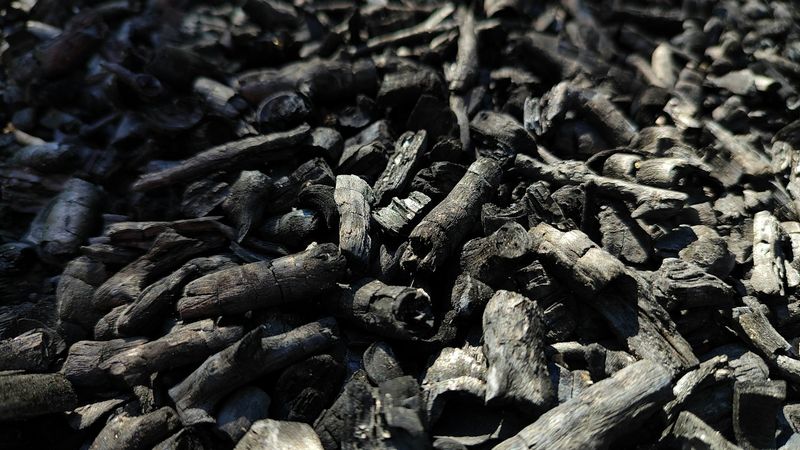Sustainable technology to extract critical materials from coal-based resources
Researcher to develop novel technology to extract, recover and enrich rare earth elements from coal-based resources

Coal holds an estimated 50 million metric tons of rare earth elements (REEs), nearly 50% of the global REE content of traditional rare-earth-bearing mineral sources. Depending on market conditions, even partially recovering these REEs can have significant impact on the U.S. economy, supply chain and clean energy infrastructure. (Photo by Anna Evans on Unsplash)
This article was first published on
engineering.wustl.eduRare earth elements (REEs), including lanthanides, scandium and yttrium, are essential in modern technologies ranging from smartphones and wind turbines to medical imaging and cancer treatment. Though REEs aren’t especially scarce in Earth’s crust – they are more abundant than precious metals like gold and platinum, for example – they are widely dispersed and typically found in low concentrations in natural ores, spurring interest in developing efficient and sustainable methods for their extraction and recovery.
Young-Shin Jun, professor of energy, environmental & chemical engineering in the McKelvey School of Engineering at Washington University in St. Louis, received a one-year, $500,000 grant from the U.S. Department of Energy (DOE) and $25,000 from WashU’s Consortium for Clean Coal Utilization for her work to extract REEs from coal. With the DOE’s support, Jun plans to develop novel technology to extract, recover and enrich REEs effectively from solid coal-based materials in a way that does not harm the environment. Her work is part of the nation’s broader effort to secure critical resources for green technologies crucial to national energy security and environmental sustainability.
Major challenges in resource recovery from solid coal-based materials, including uncombusted coal and fly ash, a fine powder produced from burning coal, arise from the low concentration of desirable elements in these materials. The low concentration and variable presence of REEs in solid coals requires complex and often expensive techniques to extract and purify REEs. These conventional extraction methods use harsh chemicals and generate environmentally damaging waste products.
Jun’s project builds on her previous research on harnessing the potential of supercritical fluids, substances at temperatures and pressures above their critical points where they exhibit properties of both liquids and gases, to extract REEs directly from coal fly ashes and uncombusted coal sustainably. By first characterizing the properties and structures of these coal-based materials, Jun plans to develop an innovative supercritical fluid-enabled extraction technology that optimizes the recovery process, enhancing efficiency while reducing waste and energy consumption to minimize environmental impact.
“Rare earth elements are vital for the continued health of our nation’s decarbonization energy technology, our economy and our security,” Jun said. “By unlocking the potential of previously overlooked coal-based resources, we can effectively recover valuable elements while providing sustainable solutions for minimizing wastes and external energy inputs. We can also mitigate supply chain vulnerabilities and bolster the resilience of our clean energy infrastructure.”